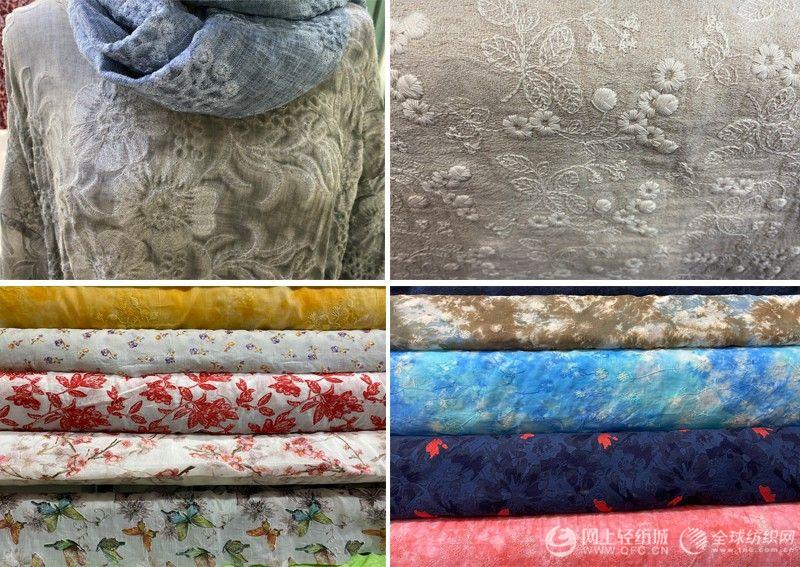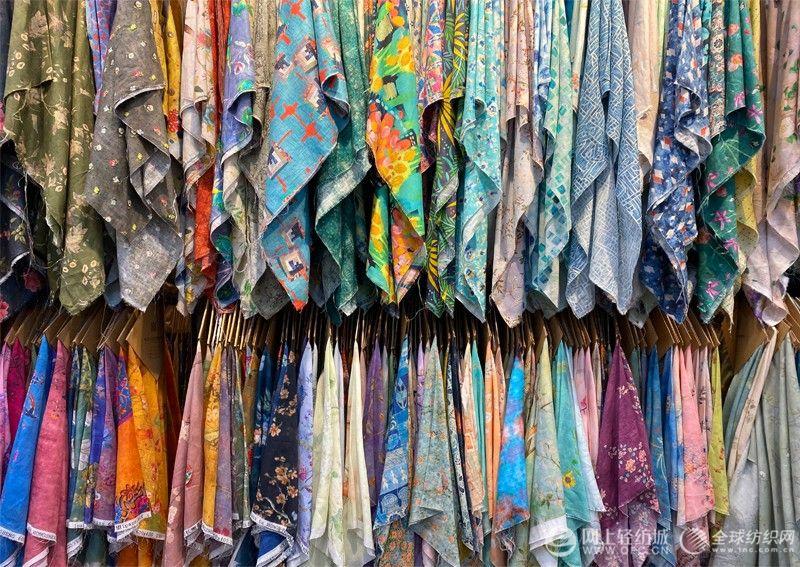The human body is in constant contact with clothing. Some clothing can easily irritate the skin, especially for people with sensitive constitutions. Qualified clothing can also cause skin allergies, itching and other discomforts. As an essential item in life, it is particularly important to choose clothing scientifically.
With the progress of society, people are no longer satisfied with the changes in color and style of clothing. Especially in 2020 under the influence of the epidemic, they have begun to pay more and more attention to health issues, and green and healthy clothing fabrics are welcoming. Here comes the “new life”.
Fabrics made of pure cotton, linen, silk and other natural materials are known as “green clothing”. They are not irritating to the skin and are in line with modern people’s pursuit of health and environmental protection. In ancient times, cotton and linen clothing were called “common clothes”, which was a common name for ordinary people. But now, everyone has returned to their roots, and cotton and linen clothing has created a fashion trend with its own literary style.

“This double-layer linen cotton is our new model this year, 55% linen + 45% cotton, using embroidery technology, and the market feedback is very good.” said Li Shanshan of Shaoxing Yumafang Textile. It is reported that linen fabrics are favored by the market this year, especially when combined with embroidery, tie-dye technology and retro-style designs, making cheongsam and skirts the most common.
Linen fabrics can be divided into pure linen and linen blends, and pure linen can be divided into ramie and linen. Hemp textiles, the “King of Natural Fibers”, have functions such as moisture absorption, breathability, antibacterial, anti-mildew, anti-ultraviolet, and anti-static properties. For many years, Yumafang has focused on linen and cotton jacquard, mainly selling pure linen, pure ramie and linen cotton. At the same time, it has its own embroidery factory and independently develops nearly 60 patterns every year. Li Shanshan also mentioned that linen fabrics can not only be used to make clothing, but are also often used in bags, shoe uppers, decorations, etc. Both linen and ramie can be interwoven and blended with cotton, silk, wool and other fibers. “We also have fabrics blended with linen and wool. The fabrics are thick and suitable for winter.”

Changying Manufacturing is also a company that specializes in hemp-dyed fabrics. “We have different styles of flower patterns, ranging from fresh and lively to high-end and elegant, covering consumers of all ages.” Chen Qing said that the same flower patterns are suitable for linen and ramie. Although the feel of ramie is slightly worse than that of linen, ramie can spin very fine yarn, with a maximum count of 60.
Teacher Yan Huiping of the Colorful Textile Training Center also conducted experiments on flax and ramie. “The longitudinal appearance of the flax fiber is flat or cylindrical. The fiber is straight and not curled. The fiber has transverse knots and a small amount of fiber longitudinally. Vertical grains. Ramie fiber has horizontal sections and many vertical grains in the longitudinal direction and is naturally twisted and curved.” It is reported that flax fiber has a special hollow structure that is filled with air, making it impossible for anaerobic bacteria to survive. Ramie fiber has an ultra-fine microporous structure that gives it strong adsorption capacity and can absorb odors.
“New life” leads a green and healthy life. The health of textiles and clothing has become one of the focuses of the market. Fabrics with antibacterial functions will become the first choice of enterprises.
(Text/Dong Shuying, photo/Xie Cong)
Keywords:
The wind is always commoner and hemp
AAA flame retardant fabric mesh SDGGERY6UFGH






